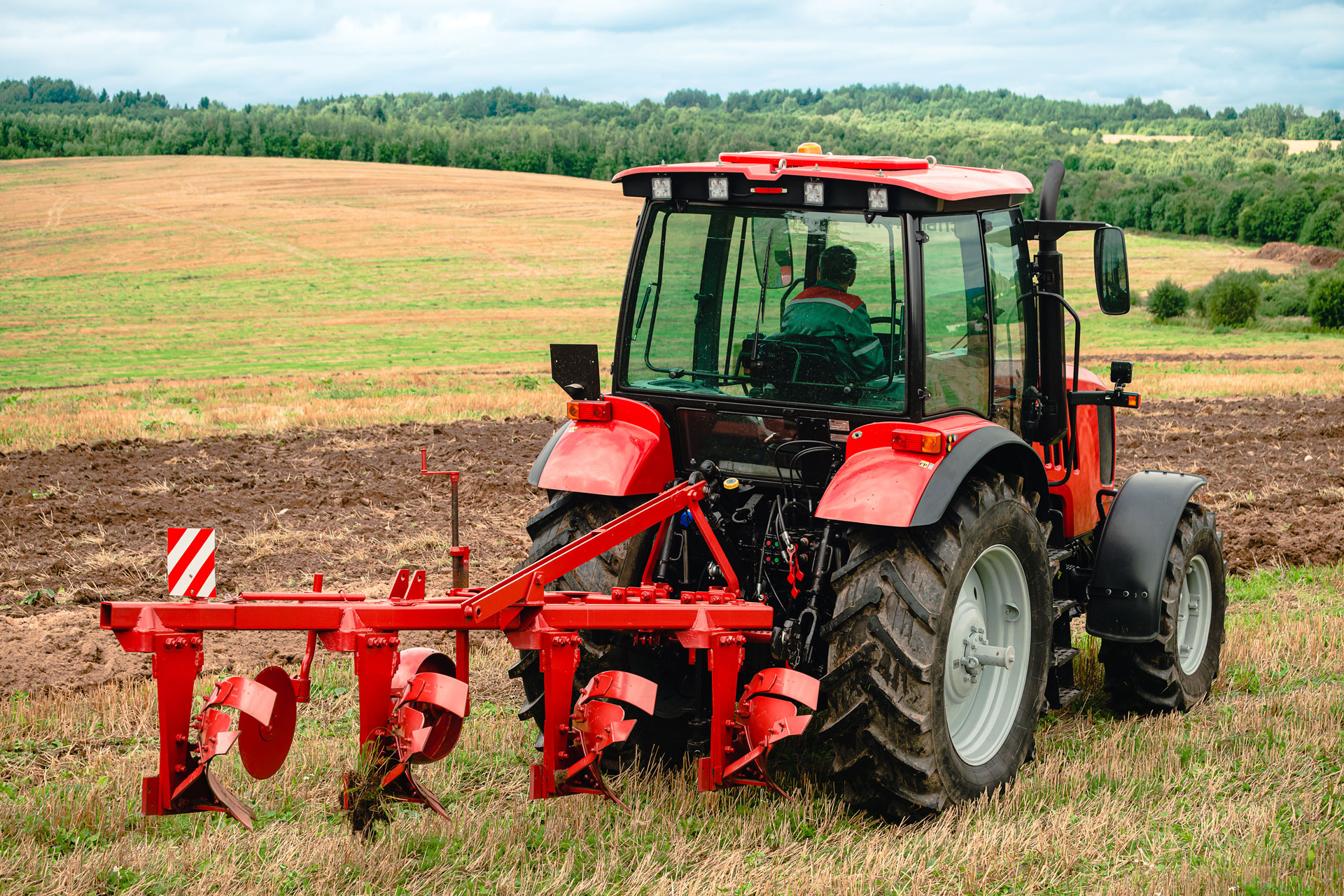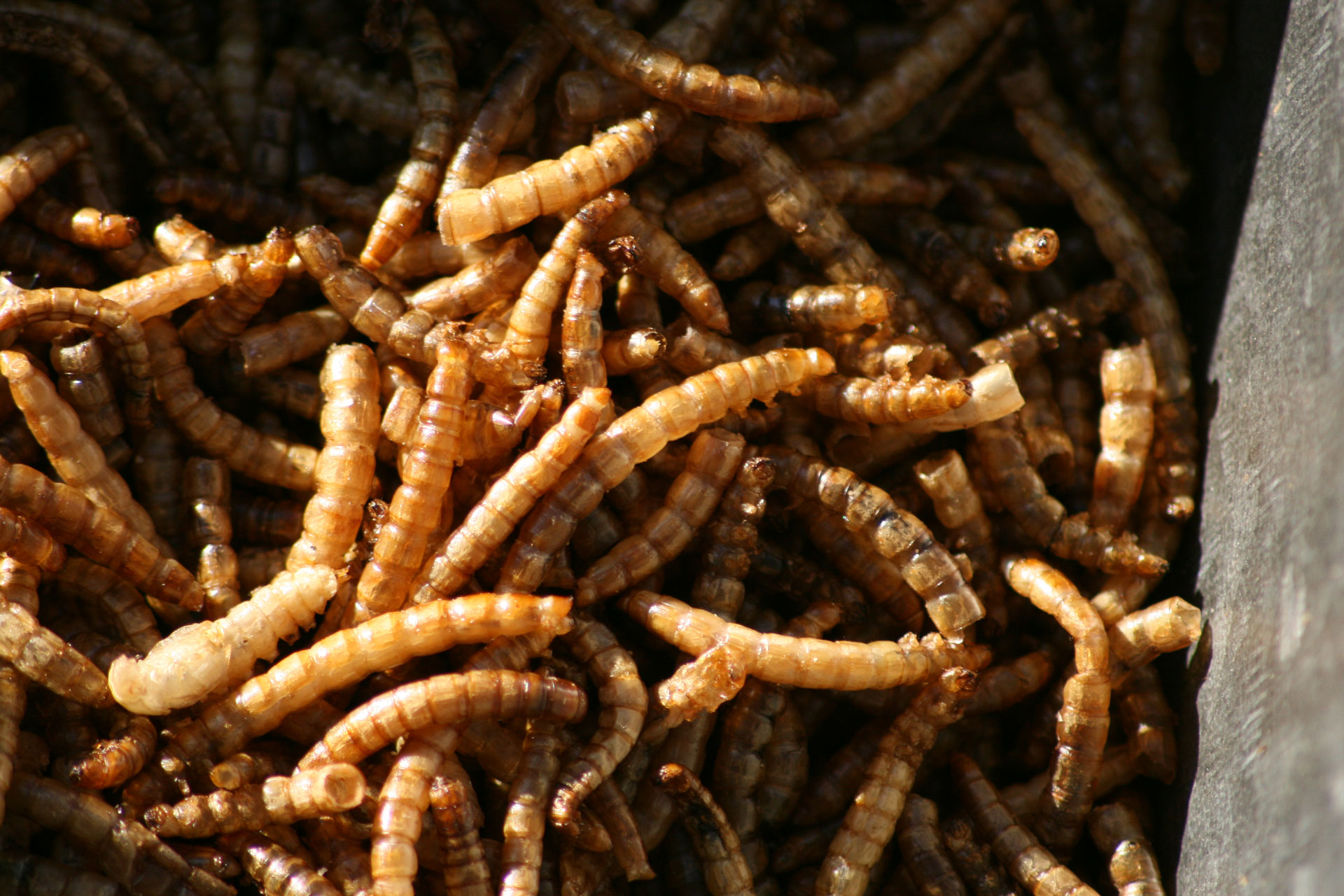Carbon farming is a form of agriculture that sequesters atmospheric carbon into the soil, crop roots, wood, and leaves. Increasing soil’s carbon content can aid plant growth, increase soil organic matter, which in turn, can improve yields, soil water retention capacity, reduce fertilizer use, and greenhouse gas emissions.
Carbon Farming Research
UC Davis Professor Benjamin Houlton, director of the university’s John Muir Institute, is conducting research on carbon farming on croplands and working rangelands across the state, including the University of California Cooperative Extension (UCCE) center sites.
“We have a UC Davis site which is right near campus, and that’s where we’re doing a lot more of the fine tuning on the detailed science,” Houlton said, adding he is also working with a tribal partner near San Diego.
“When you farm carbon, you’re helping to reduce global climate risks. The greenhouse gases that are piling up in the atmosphere need to be aggressively removed to reduce dangerous impacts on agriculture, people and the planet,” Houlton said.
Crushed Lava Rock
There are several different techniques for carbon farming that go back hundreds of years, and one of the techniques Houlton is looking at is a type of lava rock material that is very finely ground and applied to the soil. Not only will this process sequester carbon, but it can also regenerate a lot of the nutrients into the soil and build the mineral structure of the soil. Research is finding that it also increases crop yields by about 40 percent, and it helps with water and nutrient use efficiency.
Besides having benefits for farmers, the carbon being stored benefits society, so it’s a win-win, Houlton said. If this material were applied to all of the world’s cropland (11 percent of the Earth’s surface) it is estimated there would be approximately 10 billion tons of CO2 sequestered each year.
“There’s nothing harmful about the rock. In fact, it’s loaded with nutrients like potassium and micronutrients, which is especially important for almonds in tree crops, so I think we’re going to find a lot of benefits from the rock additions,” Houlton said.
The materials being used in the research are a byproduct donated from a mine located outside of Sacramento.
“We’re taking their byproduct and then turning that into a commercialized product through this process,” Houlton said.
There is already enough of this rock dust currently generated to deliver material to crops across the entire planet for 10-15 years without additional mining, Houlton said.
“The mines we’re working with are super excited because they’ve never been involved in ag technology before, and so it’s creating a new market for them, and we believe our growers will find huge benefits that are pretty cheap,” Houlton said.
The rock material already has Food and Drug Administration approval for organic farming, Houlton said, but he hopes conventional farmers will use it, too.


Annual and Permanent Crops
A big question for the research is whether this process works in both annual and permanent crops. Currently, there are 100 acres in the research project with a variety of crops, including alfalfa, corn, tomato in rotation with corn, and tree crops.
“Right now, we’re focused on almonds in California,” Houlton said, but the team is starting to explore avocado, and possibly olive trees.
The research sites are in different regions of the state and have different management practices from organic to conventional farming, to rangeland, tree and row crops.
“We do believe it will provide benefits for all of our crops,” Houlton said.
Replacing Conventional Nutrient Treatments
The most fertile soils on the planet are called Andisols, which are derived from volcanic type rock, especially volcanic ash, that is finely textured and breaks down rapidly to increase fertility. These soils are rich in phosphorus and other critical nutrients.
“The idea is to take the kind of composition of the rocks that produce the best soil on the planet and see how this can be added back to cropland soils to replicate those conditions,” Houlton said.
This technique has the potential to replace fertilizers and other nutrient treatments, Houlton said, but there is still have a lot to learn when it comes to applying additional nitrogen and phosphorus fertilizer. When the rock material is applied to the soil, it is used more efficiently because the crops produce more root architecture that is using these nutrients. That also happens with water, he added.
“When you put this rock material into the soil, it increases the penetration of water throughout the rhizosphere where the roots are growing,” Houlton said, adding this allows the roots to come into contact with the water more easily.
“The rock we’re dealing with right now is very rich in potassium, which is an expensive fertilizer, and it can completely offset the need for buying additional potassium fertilizer,” Houlton said.
Not just any rock will do, Houlton stressed. “It has to be a volcanic based rock, particularly basalt or meta-basalts.”
Volcanic based rock is also rich in calcium and magnesium silicates, and that’s where the magic happens in terms of the rocks interacting with carbon dioxide in the air, Houlton said.
“[Rock] dissolves in the water, and it produces an acid which interacts with the rocks and then forms a carbonate that is secure in the soil,” Houlton said.
“Every time these rocks break down they’re releasing all of their nutrients into the soil itself,” Houlton said.
Application Rates
Houlton is also looking at how frequently, and in what quantity, to apply the rock. He will begin to hone in on questions like: How fine does the rock have to be for the benefits to appear? How much rock do you need? How often does it need to be applied?
“Those are really important questions for our farmers because they don’t want to spend the money buying it every year if the benefits last five years,” Houlton said.
Biochar and Compost
Biochar, compost and crushed lava rock are all being applied in a variety of combinations to determine: Are there additive benefits? Are there synergistic effects of adding these materials together? Are they multiplicative in terms of their benefits? The last one is a key question that has not really been addressed in the scientific literature, Houlton said, and he wants to determine if using these materials together will have additional benefits.
In conclusion, Houlton said, it’s important to have healthy soils that are durable and nutrient rich and potentially can provide benefits to farmers, consumers, the environment and society as a whole.
“That’s the sweet spot that we’re shooting for is this sort of win/win and with the environment in mind, with human health and nutrition in mind, with our farmers in mind and then with this kind of greenhouse gas challenge that we’re facing on the planet,” Houlton said.
The research started in 2019, and it is funded by multiple sources including the Climate Research Program—Strategic Growth Council of California, the Almond Board of California, native American tribes, and the mining, biochar and compost industries.








